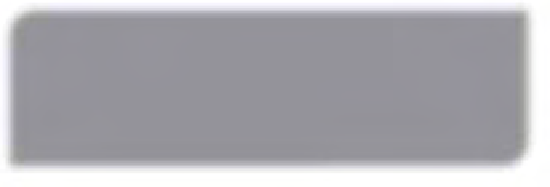Travel Reference
In-Depth Information
may only be able to spend a couple of hundred pounds
on promoting itself, whereas promotional budgets for
big companies such as British Airways, Virgin and the
Disney Corporation often run into millions of pounds.
However big or small the budget, the same rules about
making sure you know your target audience and getting
the timing of the promotion right still apply.
Medium
% of total expenditure
Press
30
Television
26
Direct mail
10.5
Businesses in the travel and tourism sector use a number
of different promotional methods, sometimes referred
to as 'the promotional mix', to sell their products and
services. Among the most important are:
Internet
24
Outdoor
5.5
Radio
3
1.
Advertising;
Cinema
1
2.
Public relations (PR);
Source: Advertising Association
3.
Sales promotions;
Fig 5.6 - UK advertising expenditure by media 2009
4.
Direct marketing;
5.
Internet marketing;
Weblink
Check out this Advertising Association
website for more information on
advertising spend in the UK.
www.adassoc.org.uk
6.
Print materials.
Advertising
Advertising is the most visible of all the promotional
techniques in use today. We are all subjected to
advertising on our TV screens, on buses and trains,
on commercial radio, at the side of the road, on the
internet and in newspapers and magazines. These are
known as advertising media and as Figure 5.6 shows,
press advertising attracted the most revenue in 2009,
although internet advertising is the fastest-growing
medium.
Press advertising
The print media, which includes newspapers,
magazines and journals, is currently the largest group
in the UK in terms of the amount spent by advertisers.
The British are avid readers and buyers of newspapers
and magazines, which is why they are extensively used
by organisations wishing to promote their products
and services.
The Sun
and
The News of the World
are
the most popular daily and Sunday newspaper at the
present time. Advertisers have a choice of over 8,000
different magazines from which to choose.
The precise choice of media will be dictated partly by
cost - a 30-second commercial on TV in peak viewing
time can cost as much as £30,000 and a full-page
advertisement in the
Sunday Times
is in the region of
£60,000) - and by the type of product and its target
audience. A new museum aimed at local people is
unlikely to use national TV advertising but will rely on
advertisements in the local press. Advertising in travel
and tourism is directed either at the customer (consumer
advertising) or at those working in the sector (trade
advertising).
Travel Trade Gazette
and
Travel Weekly
are two well-known examples of travel and tourism
trade magazines that carry advertisements.
The main advantages of newspapers and magazines
from the advertisers' point of view are:
1.
They are relatively cheap when compared with
other media;
2.
Messages can be sent nationally, regionally or
locally, depending on which publication is chosen;
3.
Specifi c segments of the market can be targeted,
e.g. readers with an ABC1 social classifi cation are
























































































































































































